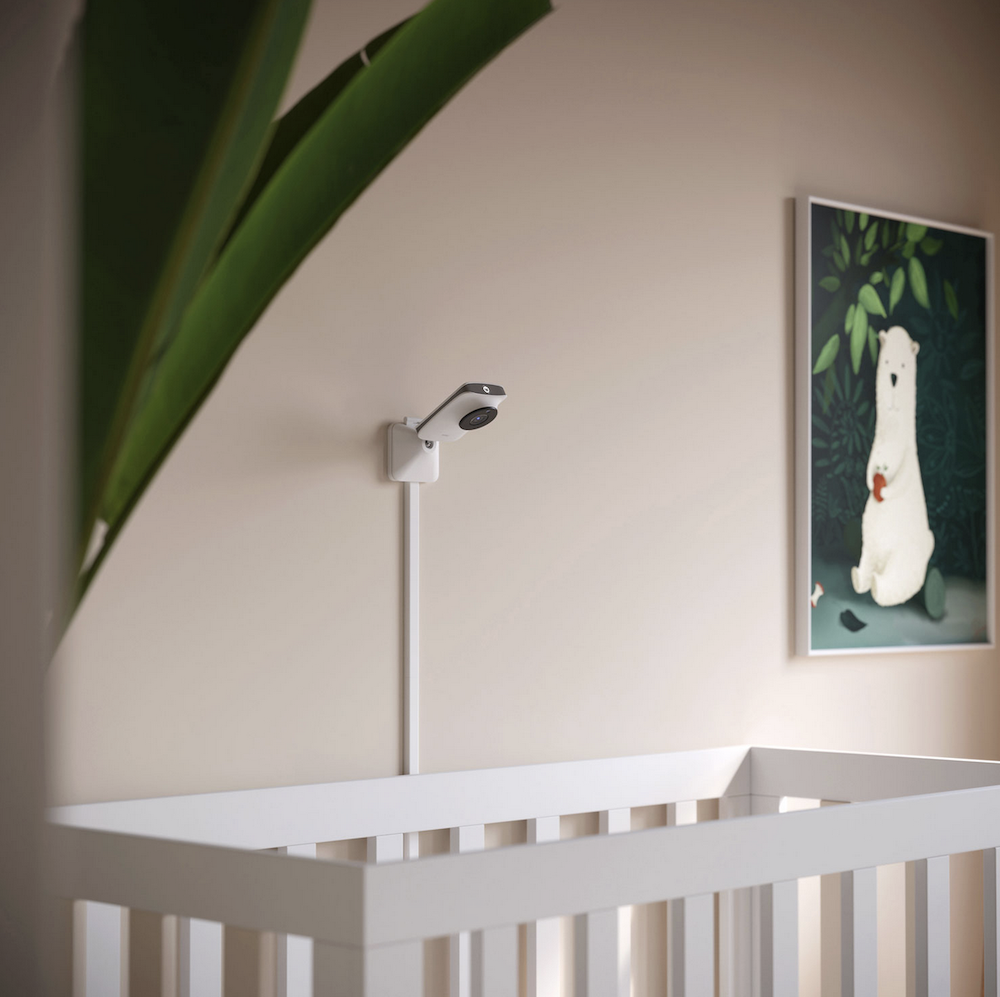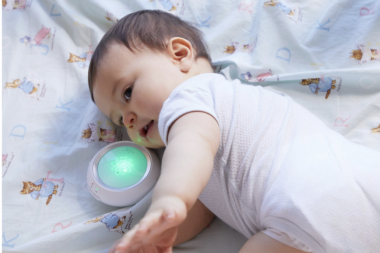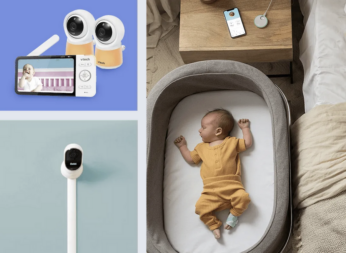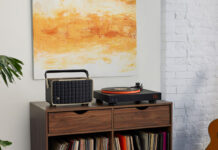
Becoming a new parent is both exciting and challenging. One of the challenges includes ensuring the safety and well-being of your little one, even when you’re not physically in the same room. Here is where a baby monitor can be extremely helpful. This article will explain the purpose of a baby monitor, compare different types, explore hack-proof baby monitors, and even look at how to monitor two babies in different rooms.
What is a baby monitor?

At its core, a baby monitor is a device that enables parents to keep a watchful eye and ear on their babies while they’re in separate rooms. Whether you’re using a video baby monitor, an audio-only baby monitor, or a movement baby monitor, each type allows you to make sure your child is all right. The added advantage is that these monitors help parents respond quickly if their baby needs them, without having to hover anxiously over their crib all the time.
Types of baby monitors
Video baby monitors
A video baby monitor allows you to visually check on your baby without entering their room. Night vision is a critical feature in these monitors, enabling parents to see their baby clearly even in total darkness. This can be especially helpful during those late-night wake-ups or to keep a watchful eye in case your baby is sick. Most modern video baby monitors also allow remote live viewing, a feature that lets you check on your baby from your device, even when you’re not at home.
Smartphone-compatible baby monitors
Smartphone-compatible baby monitors are a popular choice for tech-savvy parents. They connect to your smartphone, allowing you to monitor your baby remotely from anywhere. Besides offering video and audio monitoring, many of these devices also feature movement detection, alerting you when your baby moves or when there’s no movement for a certain period, which is especially reassuring during the early months.
While these monitors are convenient, it’s essential to ensure these monitors have robust security features to prevent any potential hacking. No device that connects to the internet is entirely hack-proof, but some baby monitors are more secure than others. Opting for baby monitors with strong encryption, changing default passwords, and regularly updating the device firmware can make them more secure.

Audio-only baby monitors
Audio-only baby monitors, with some models equipped with sound-activated displays, are a more affordable option that allows parents to hear when their baby wakes up or needs attention. This can be a suitable option when an app-based monitor is not necessary if your baby is often close by and does not require constant monitoring.
Using security cameras as baby monitors
Security cameras come in a wide variety of styles, with a range of features. They are great for home security and many parents are using them as an alternative to baby monitors. The main advantage of security cameras is that most have accompanying apps, allowing for remote live viewing from anywhere. This means you can keep an eye on your baby when in the yard or away from home, and are limited to a a certain range as you might be with certain baby monitors.
However, security cameras might lack specific features that are common in baby monitors such as sound-activated displays or movement detection. Furthermore, the video quality, particularly the night vision capability, may not be as refined in certain security cameras as in a dedicated video baby monitor (though there are many security cameras with excellent night vision). You would need to consider the features most important to you before deciding if a security camera can stand in as your baby monitor. You can learn more about smart security cameras in this article on the blog.

Ultimately, the choice of which type of baby monitor comes down to your individual needs and preferences as a parent as well as which features are must-haves for you. All types of monitors have their strengths and differing in-built features. For some, an audio-only monitor might be enough, while for others a smart baby monitor offers features that provide more reassurance.
This article was drafted using AI technology and then reviewed, fact-checked, and revised by a member of our editorial team.




